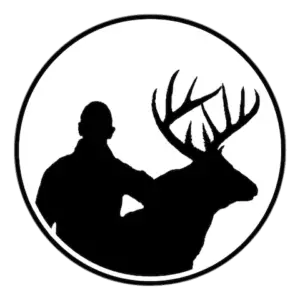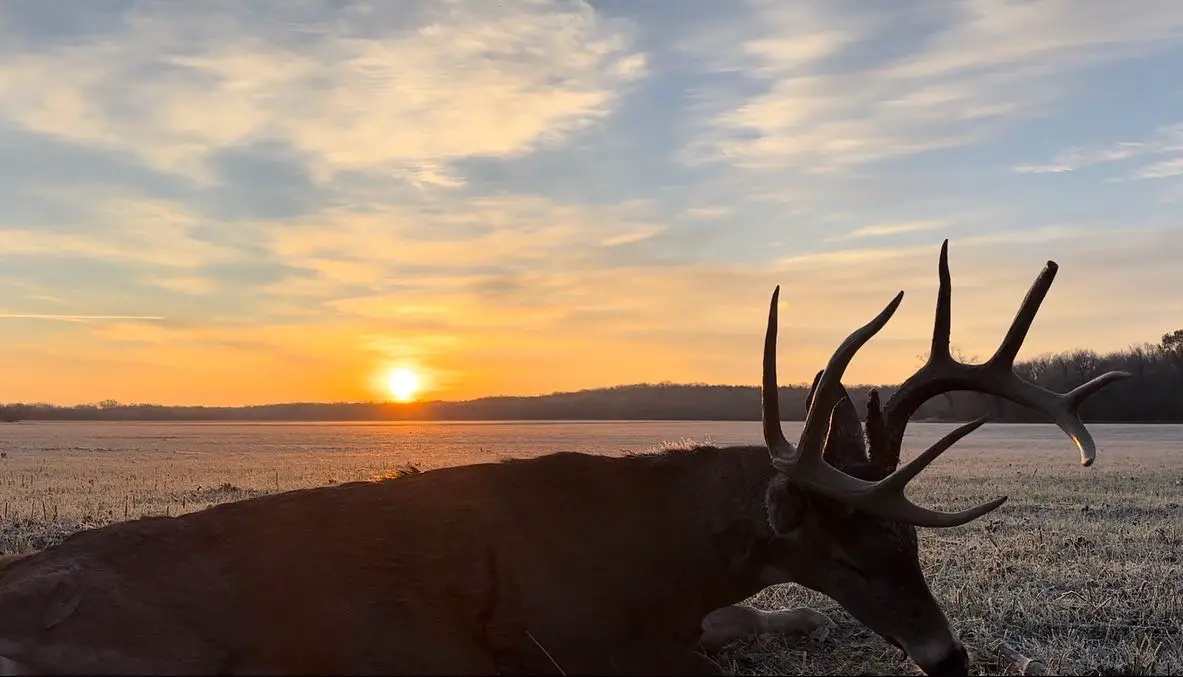There is no way to guarantee a successful deer hunt. However, there are several things that we can do as deer hunters to increase our odds of having a successful deer season. In this article I will be sharing my top 10 tips for increasing the odds of a successful deer season. I follow these tips every year because they help me kill big bucks and makes the hunt more enjoyable.
Tip #1: Scout for spots during the offseason
Deer hunters have more success when they have several different spots to hunt. It’s best to have your spots identified before deer season starts. The more spots you have the better. This is the number one tip on my list for a reason, and here’s why:
- More spots increases your odds of finding and killing mature bucks more consistently
- More spots means having options for hunting various wind directions
- More spots means you can limit hunting pressure or stand burnout
- More spots means you can avoid other hunters and have another spot to hunt
- More spots means you can hunt different deer herds
Read my article to learn more: How to scout for deer
Tip #2: Prepare your spots during the offseason
The more you can reduce human intrusion during deer season the better. I set up my tree stands, replace ratchet straps on old stands, and trim shooting lanes after deer season is over and before poison ivy starts growing. I also plan my entry and exit routes to my stands during the offseason.
Lastly, planting food plots and fruit/nut trees are also a great offseason chore for increasing hunting success.
Read my article to learn more: 52 tips for hanging tree stands for deer hunting
Tip #3: Get your equipment ready during the offseason
Many hunters wait until the last minute to get their bow tunes, arrows built, sight in their guns, and so on. If you wait until the last minute, don’t be surprised if your equipment isn’t ready to go before deer season starts.
Even if you think everything is in order with your equipment, it’s important to shoot your weapon in the offseason. You might notice something that you need to fix, or possibly an item you need to purchase, before deer season starts. Shooting in the offseason allows enough time to address any issues before your first hunt of the season.
Read my article to learn more: Everything you might need for a deer hunt (Checklist)
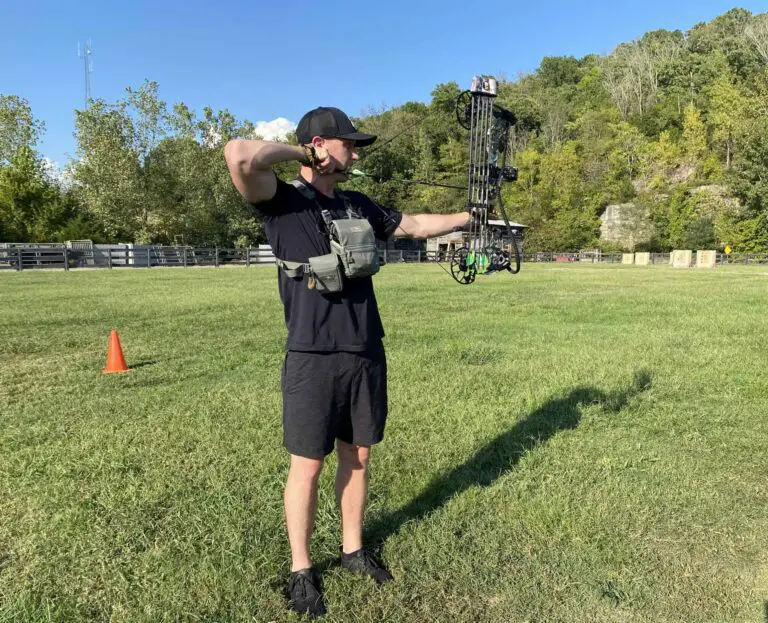
Tip #4: Prepare yourself during the offseason
Shoot your weapon several times before deer season starts. I shoot my bow as much as I can in August and September, just prior to deer season starting.
Most hunters aren’t good enough to pick a weapon up after a year of not shooting and have the confidence to shoot a deer exactly where they want to. We can improve our odds of killing deer, and taking more ethical shots on them, if we are dialed in with our equipment and feel confident in our shots.
Read my article to learn more: How long to practice shooting a bow before hunting
Tip #5: Play the wind
It’s really frustrating to see deer run away from us after spending a lot of time waiting on them to walk by. Hunting without playing the wind is a waste of time and negatively impacts of odds of success.
Only hunt a spot if the wind is right for it. It’s better to not hunt at all if the wind is wrong for all your spots. Disregarding the wind will likely ruin future hunts since deer can learn to avoid areas that they feel are dangerous.
Read my article to learn more: How to manage your scent to see more deer
Tip #6: Hunt the cold fronts
Deer are more active during daylight hours when temperatures drop and cold fronts move in. The first day of the cold front is typically the best. I try to hunt as many days as I can when temperatures drop around 20 degrees or so from the previous days temps.
Read my article to learn more: The best time to deer hunt (fully explained)
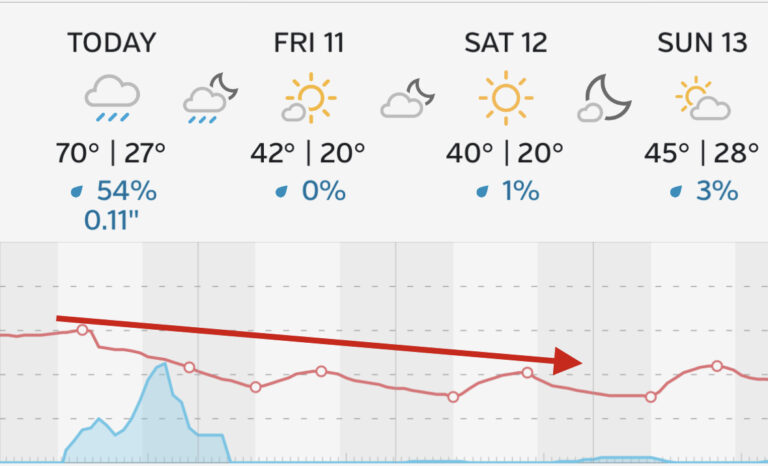
Tip #7: Hunt the rut
Deer are more active during the breeding season than they are at any other time of year. This is the best chance to kill a mature buck if you don’t have attractive food sources to hunt nearby. Hunting the rut with a cold front passing through is a great combination for increasing the odds of success.
Read my article to learn more: The best time to deer hunt (fully explained)
Tip #8: Avoid hunting pressure
I try to limit my own hunting pressure as much as possible. However, we can’t always control the hunting pressure that others put on deer. Deer typically avoid human pressure whether it’s coming from you or someone else. This is why it’s important to have a variety of different spots to hunt.
Your deer season is likely going to be unsuccessful if you only have one spot to hunt and it’s getting consistently pressured by humans. Having several spots to hunt reduces the odds of this happening.
Read my article to learn more: Public vs Private land for deer hunting: which is best?
Tip #9: Know your state and local hunting regulations
Getting in trouble for breaking the law can quickly turn a successful deer season into an unsuccessful one. It’s important to understand and follow state and local hunting regulations for the area where you’re hunting. It would be a very bad day for someone who killed a giant buck illegally and got caught for it.
Tip #10: Have a plan after recovering the deer
It’s easy to put a lot of time and energy into killing deer and totally forget about the things we need to do after the kill. We need to find the deer, transport it, field-dress it, process it, and maybe even mount it. Make sure you have all the equipment you need such as knives, spotlights, deer carts.
If you aren’t processing the meat yourself, get in touch with a meat processor to make sure they accept deer and are able to make the things that you want the venison processed into. Lastly, find your taxidermy and know the laws about transporting deer across state borders.
Read my article to learn more: How well do deer carts work
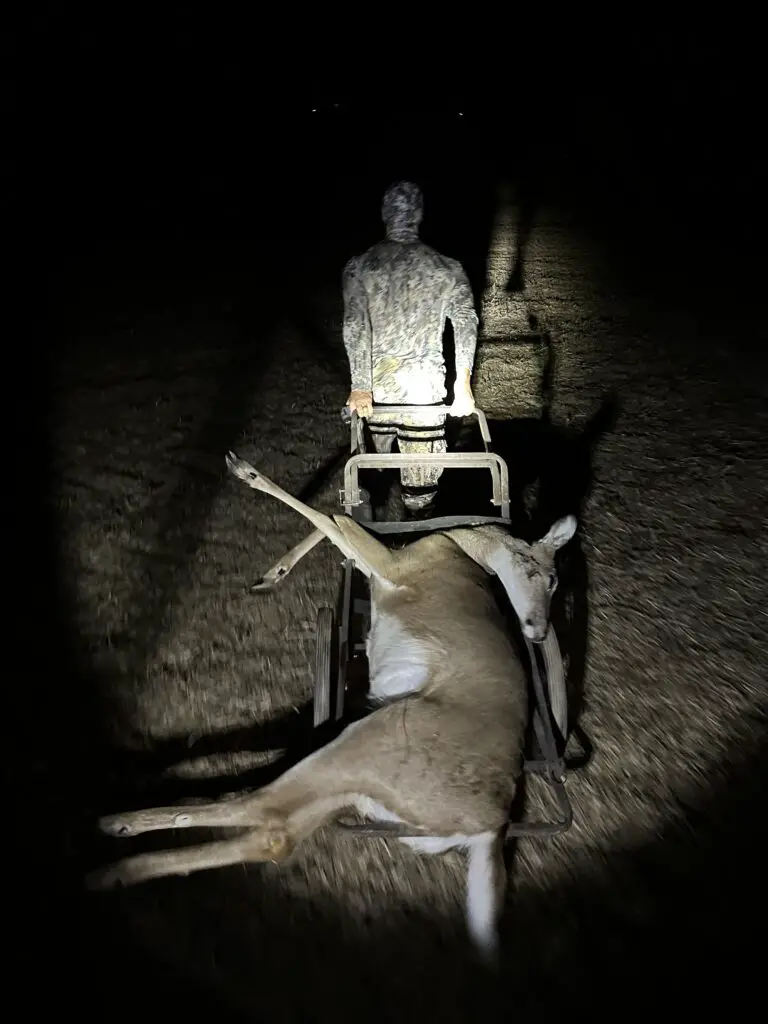
Conclusion
It’s important to set realistic goals and remember that not every hunt is going to end up in a killed deer. However, following these 10 tips above will definitely increase your odds of having a successful deer season.
